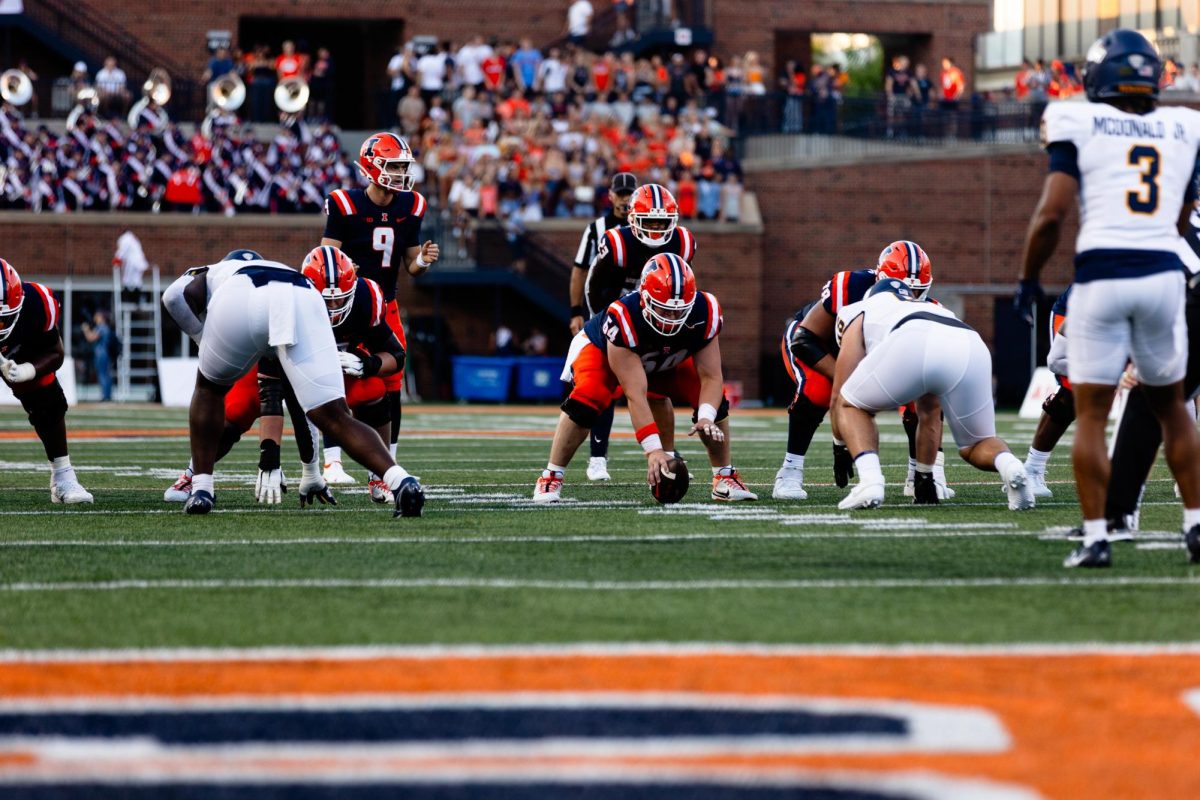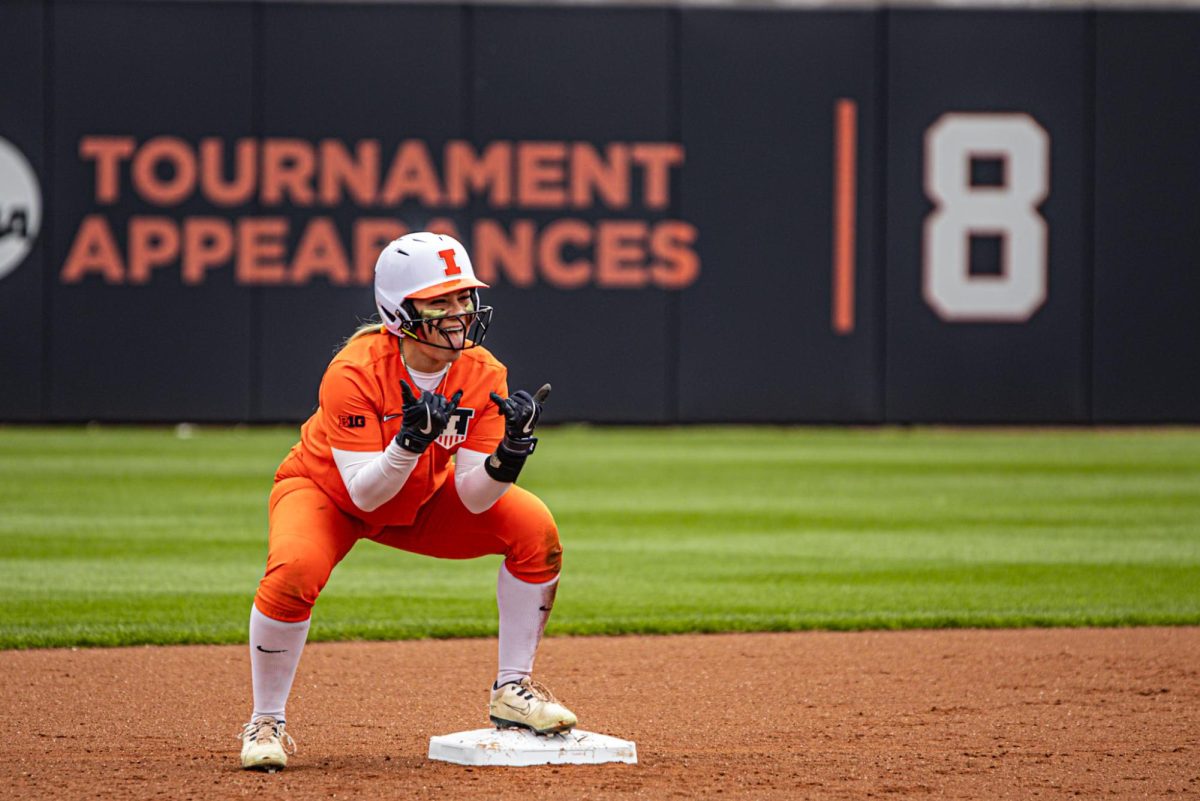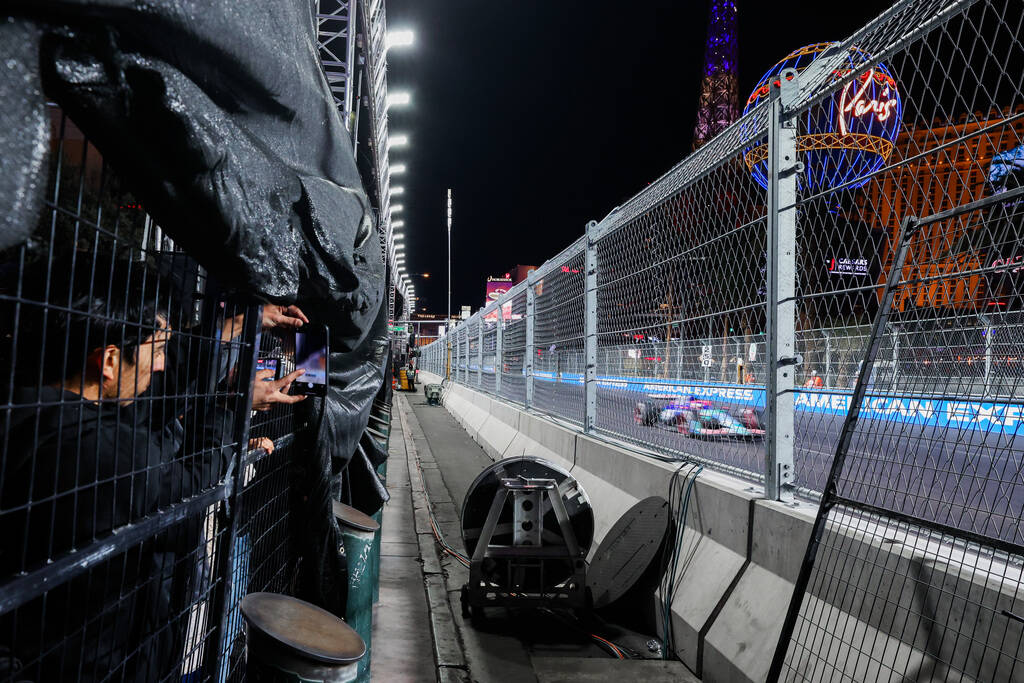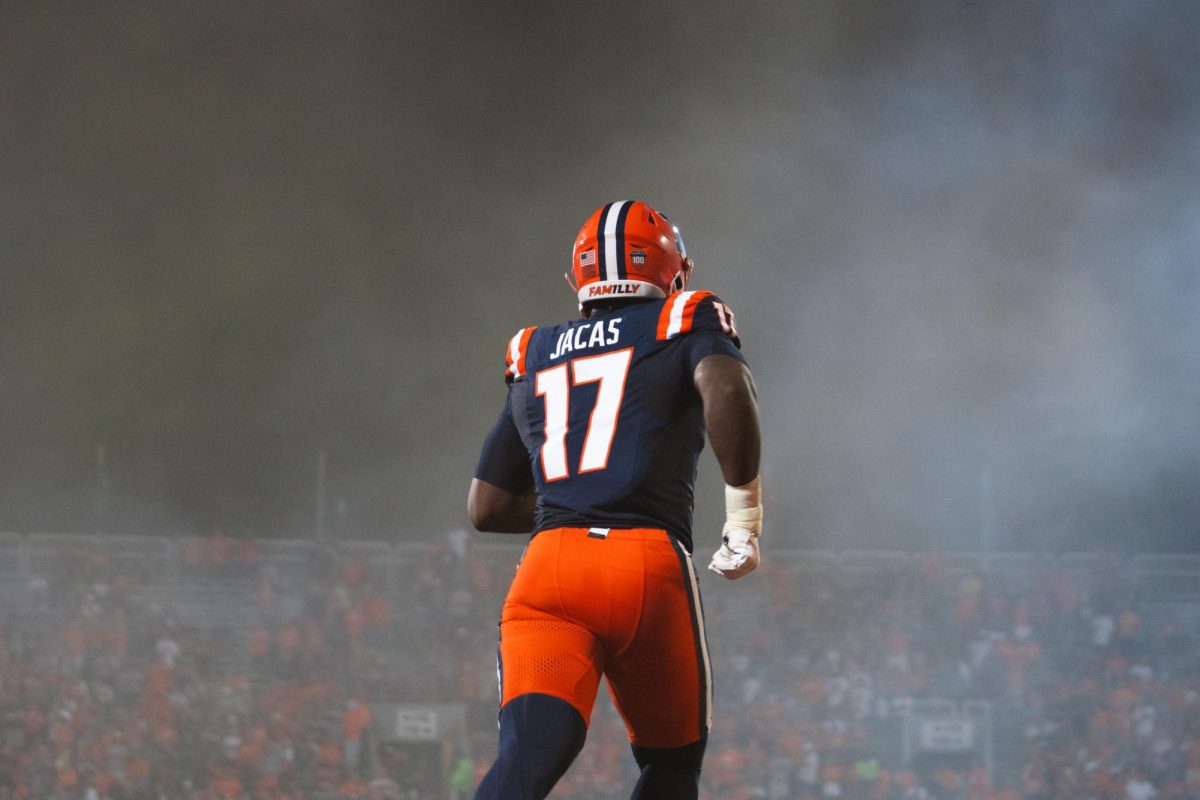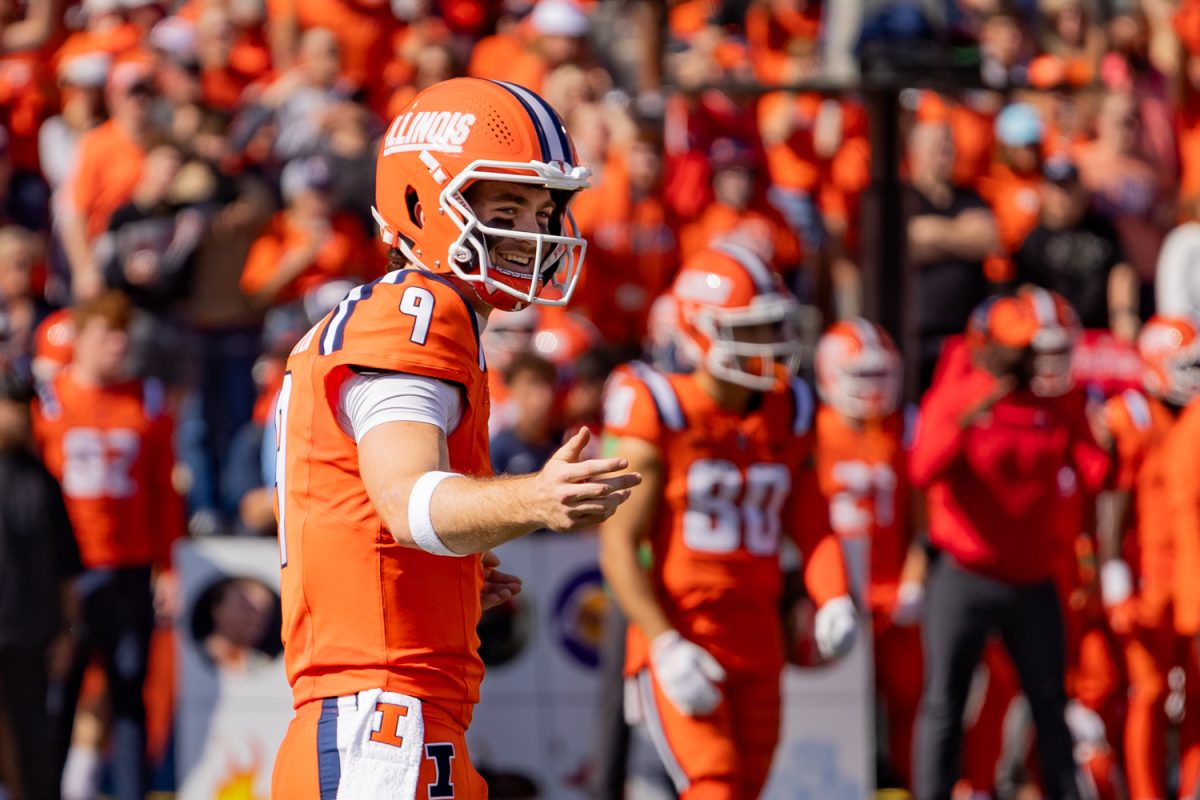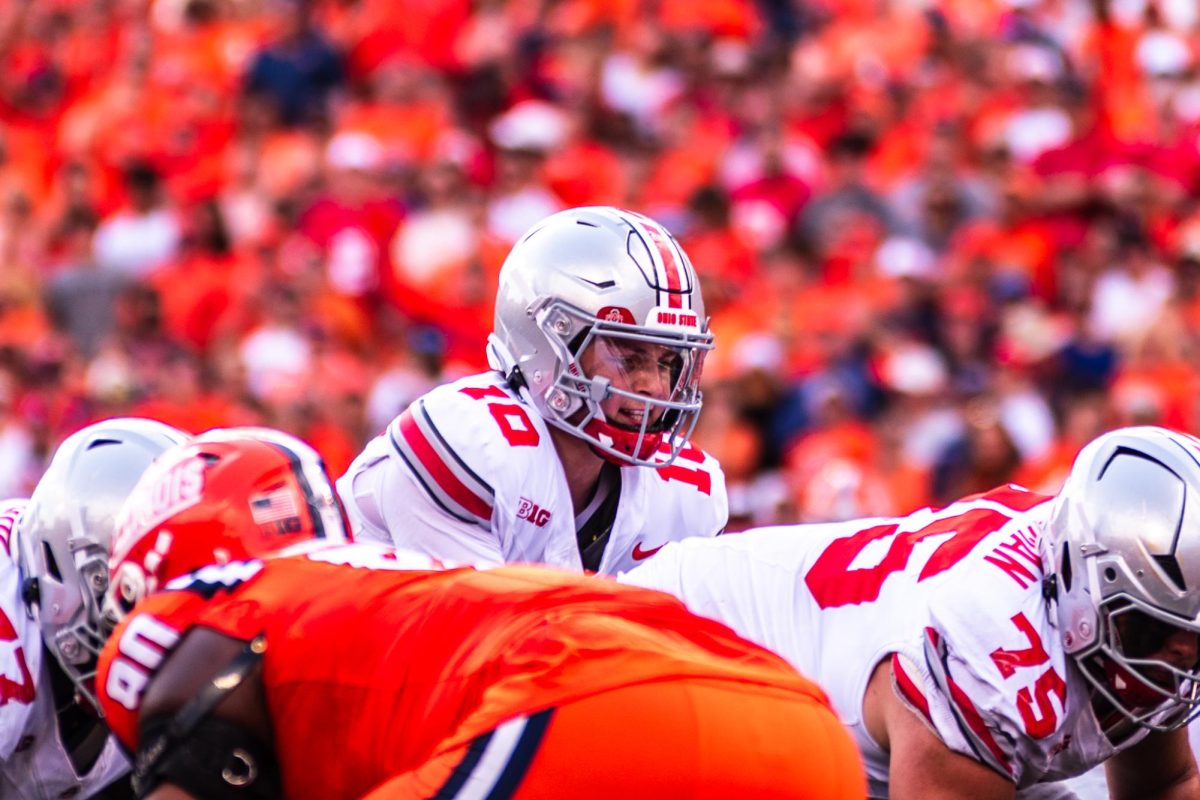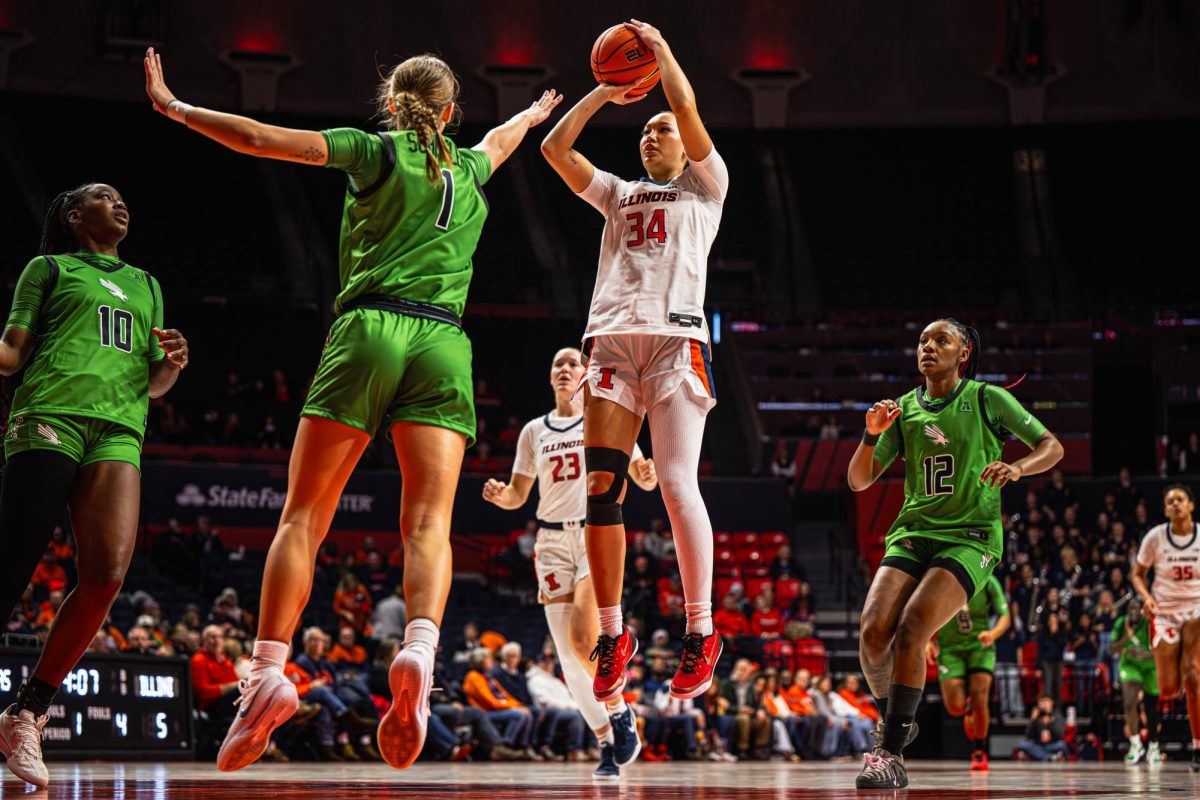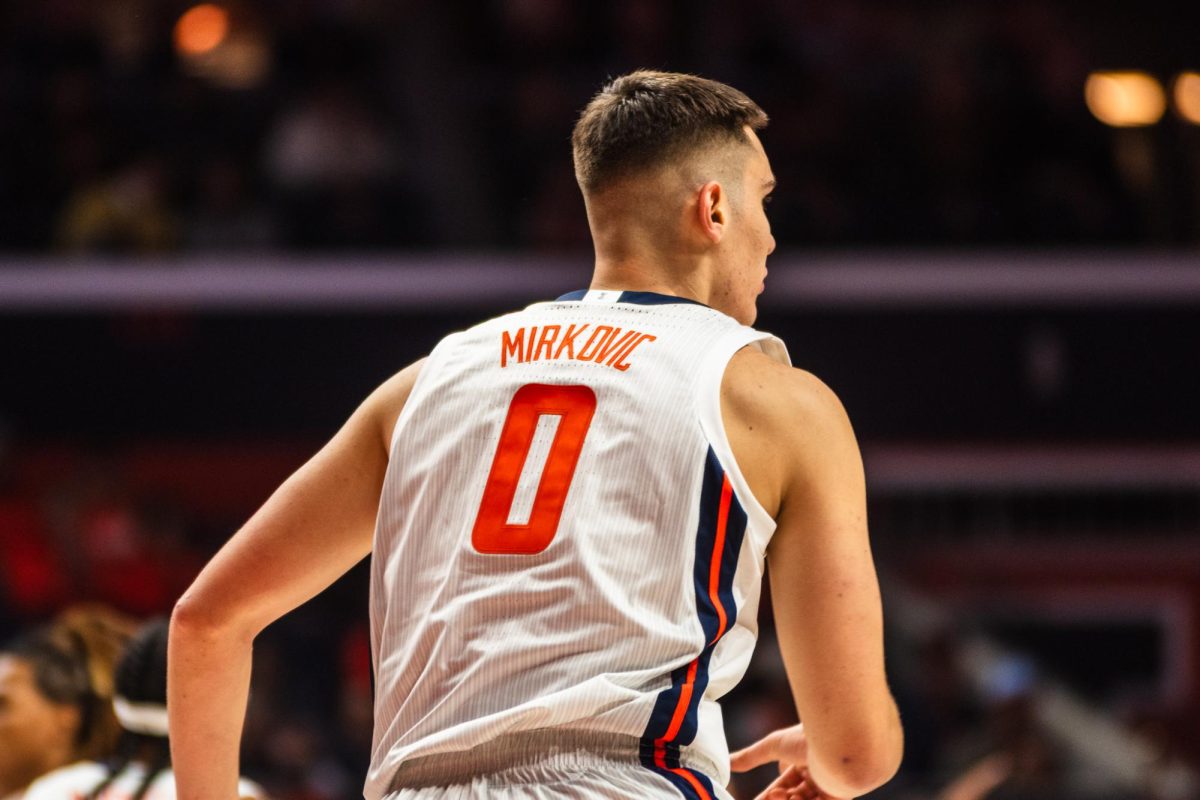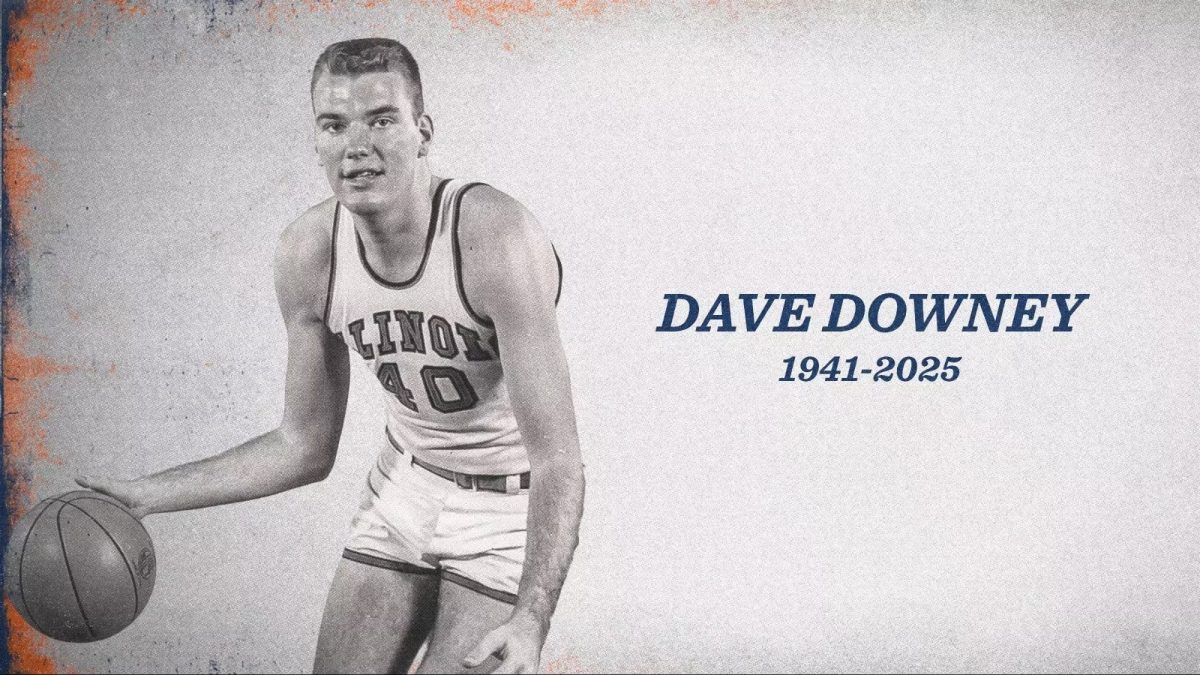Welcome, everyone, to the first-ever story in our column! This initial discussion will give you a taste of what’s to come — a weekly column where the editors give their thoughts on a potentially controversial new ruling in a sport and decide whether the rule can stay or if we should throw it away. As the editor, I wanted to start off with something relatively simple and fresh, as the first week of college football is in the books.
Week one’s topic concerns the new NCAA ruling, allowing coaches to communicate with a single player in the offensive and defensive units, which has been legal in the NFL since 2008, but never in college until last week. The new system has been implemented to improve communication between the sideline and the huddle up until 15 seconds remain on the play clock. After one week, let’s take a look at what the editors think.
Tess (stay): Introducing technology for helmet communication in NCAA football is a good decision for a few reasons. First, the NFL has been using this for years, so having helmet communication in college will only get players familiar with its usage and will give them a better idea of what to expect in the pros. Second, it aids the athletes (particularly the quarterback) with not only clarification of what the play call is at the given moment but also with what the overall scenario of the game looks like. There’s so much happening at one time on the field, so to be able to have that extra voice in your head (literally) reminding you of how to approach the play and what to expect can only benefit the athletes.
Conor (stay): Although miscommunication is a part of football, and it is ultimately up to the teams to ensure that everyone on the field is receiving correct information, it’s hard to argue against giving everyone another way to communicate effectively on the field. Change can often feel unnecessary or harmful to the product, especially in cases like last year’s addition of a running clock on first down. But, this is a change that will be effectively unnoticeable to viewers. Helmet communication has proven to work for the NFL, and if Illinois’ season opener against EIU is any indication, silly sideline play call signage isn’t going anywhere either.
Sahil (stay): College football is catching up to the NFL and the current landscape of technology, and I’m all for it. If players at the college level are preparing to go pro, then they should have the same technological tools that they will have at the next level.
Get The Daily Illini in your inbox!
Concerns for unfairness are without basis, as teams will be penalized for having more than one player on the field with a radio at a time, and the system will be shut off for both teams if one is not working. As with all new rules, there will be hiccups, and it will take some time to get used to. However, the benefits of increased communication and preparing players for the ins and outs of the pro game are very important.
Ben (throw away): With three approvals, I suppose I should play devil’s advocate on this one. Stop trying to make collegiate sports more professional! These are supposed to be amateur student-athletes representing the university on the front of their uniforms. Instead, the NCAA has done everything humanly possible to turn each sport into its professional equivalent recently.
Plays have been called from the sidelines in college football since the sport was created, so why stop now? I fell in love with a game that was different from the NFL. I fell in love with teams relaying play calls on the field by holding up signs with Lightning McQueen, Cinderella, Cheetos and LeBron in each corner. I fell in love with the relatable tradition and backyard feeling the 18- to 22-year-olds still gave me on my TV each Saturday.
Please bring it back, and stop trying to change the game I love with rules that remove the amateur and youthful qualities of the sport.



